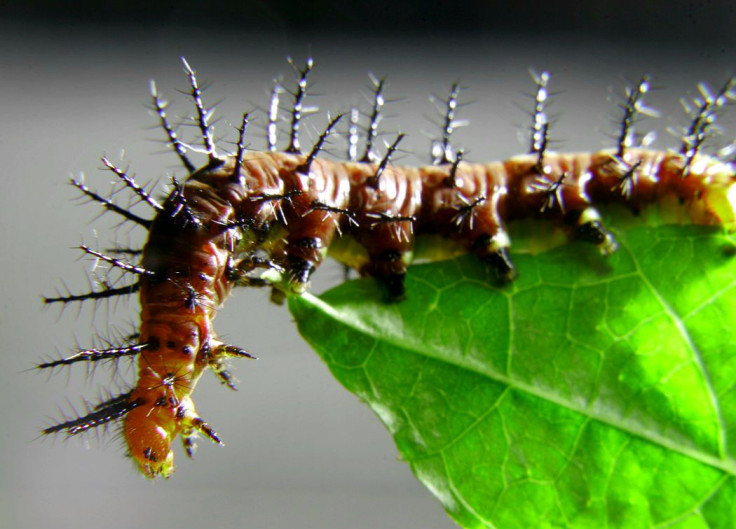Discovery Reveals How Plants Cry for Help When an Attack is Imminent

Scientists discovered that plants cry for help when they feel like an attack is imminent, according to a new study.
The latest findings reveal that the plants emit scents and volatile chemicals that signal different members of plant community members to help the plant get rid of pests, like insect eggs before they hatch and become harmful as well as caterpillars.
The study, published in the journal PLoS ONE, looked at how three insects: the parasitic wasp, large cabbage butterfly and the gravid butterfly responded to scents emitted by a black mustard plant during the initial phase of an herbivore attack, when the eggs are laid.
Lead researcher Nina Fatouros of the Laboratory of Entomology of Wageningen University and the Netherlands Institute of Ecology, found that butterfly egg deposition triggered a highly specific chemical and structural changes in the black mustard plant that attracts different parasitic wasps that attack either butterfly eggs or caterpillars but repel other egg-laying butterflies.
However, egg deposition by a less common pest, like the cabbage moth, did not prompt changes in the plant, suggesting that a specific plant response to butterfly egg deposition may help the plant defend itself before it is actually damaged by hatching caterpillars.
Previous research done at the University of Western Australia found that plants can also respond to sound and "talk" to each other by making "clicking" sounds.
When scientists suspended young roots of corn saplings in water and played a continuous noise at 220Hz, a similar frequency to the plant "clicks", they found that the plants grew towards the source of the sound.
"Everyone knows that plants react to light, and scientists also know that plants use volatile chemicals to communicate with each other, for instance, when danger - such as a herbivore - approaches," Dr. Monica Gagliano said in a university news release.
Past research also revealed that cabbage plants emitted methyl jasmonate gas when their surfaces are cut or pierced to warn its neighbors of danger such as caterpillars or garden shears.
Scientists found that when the volatile gas was emitted, nearby plants protect themselves by producing toxic chemicals on their leaves to fend off herbivores like caterpillars.



























